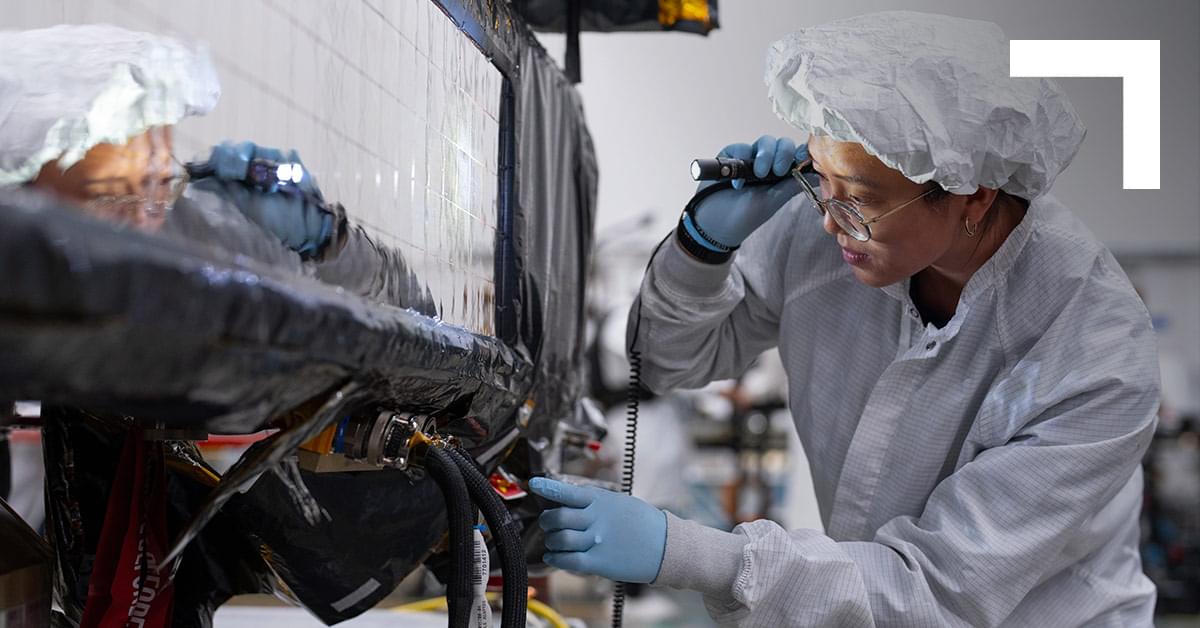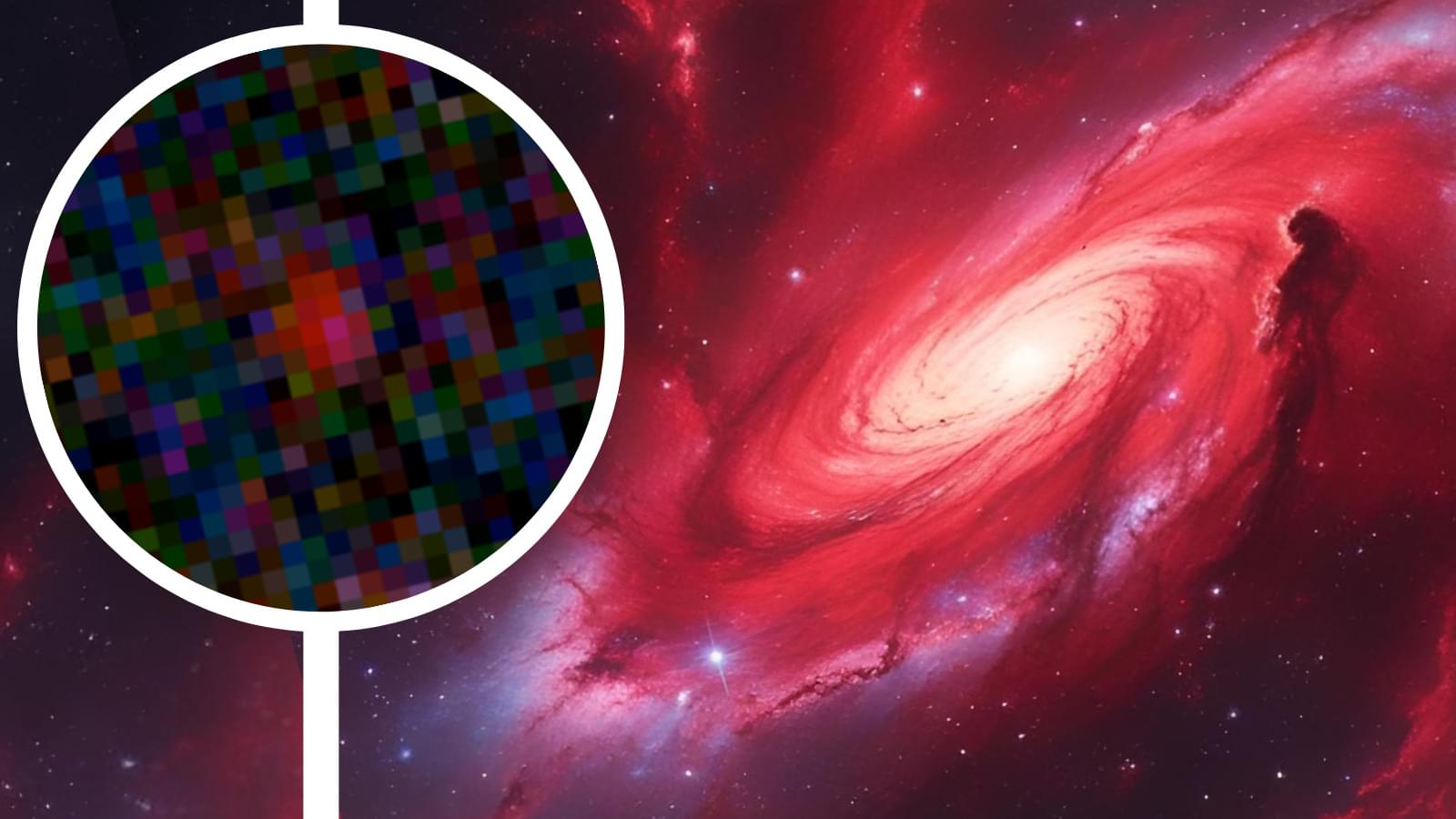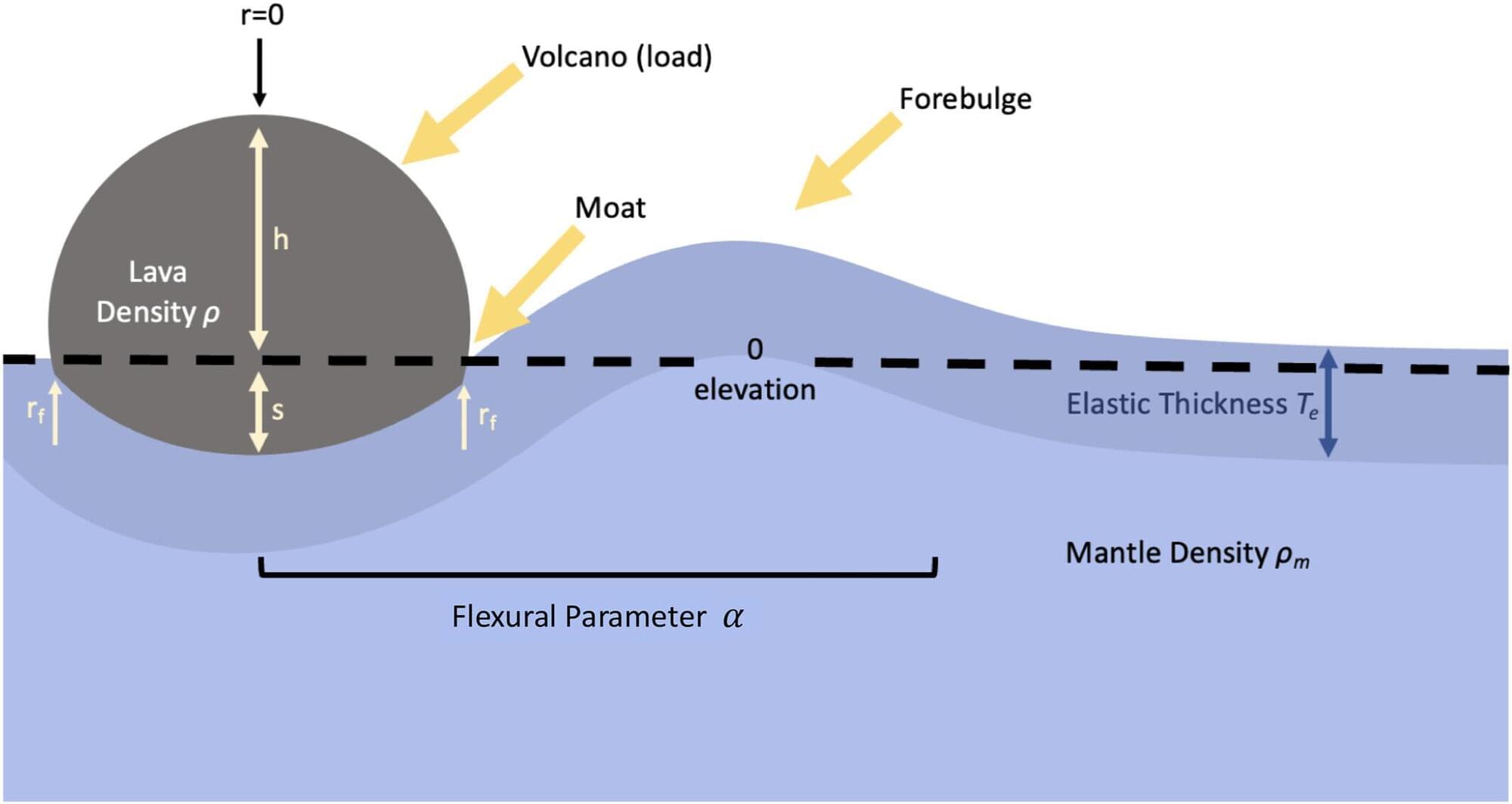A trio of scientists from the Georgia Institute of Technology, Université de Lyon, and Arizona State University, respectively, has found that a likely reason flat pancake-like volcanoes form on Venus’ surface is the planet has an elastic lithosphere and volcanoes that emit dense lava.
In their paper published in the Journal of Geophysical Research: Planets, M. E. Borrelli, C. Michaut, and J. G. O’Rourke describe how they used data collected by NASA’s Magellan mission in the 1990s, to simulate how one such flat-topped dome could have come about and what they learned by doing so.
Planetary scientists have been wondering for many years how the oddly shaped volcanic domes came to exist on the surface of Venus. With their flat shapes and steep sides, they are unlike any volcanoes seen on Earth—they look much more like pancakes than cones. To learn more, the research trio took a unique approach. They attempted to simulate how just one of them might have come about.








